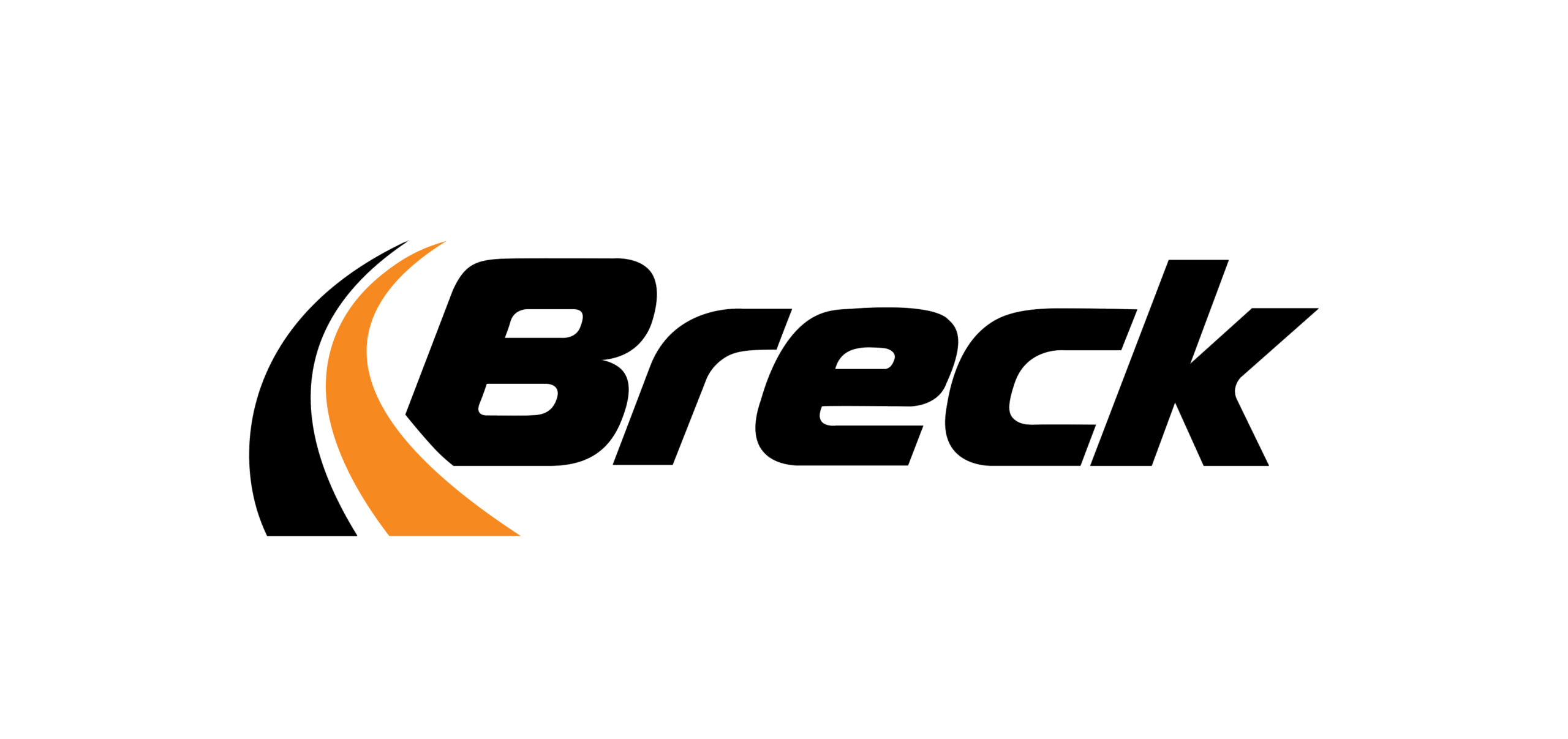 Is the tread depth in your tyres nearing the legal limit? Well, it has not reached the limit yet, they will survive one more season…Is your mechanic indicating excessive play in shock absorbers? Well, I can still drive with them a little longer…
Is the tread depth in your tyres nearing the legal limit? Well, it has not reached the limit yet, they will survive one more season…Is your mechanic indicating excessive play in shock absorbers? Well, I can still drive with them a little longer…
Many people, for various reasons, tend to severely procrastinate when it comes to replacing parts in their cars. However, there comes a time when further delay not only causes permanent damage to the car, but also poses risk to the safety of the driver and other road users. Brake pads are an excellent case in point.
Very often putting off part replacement is based on false economy. When we postpone the expenditure by a month or a quarter and finally visit the service station, the cost of repair turns out to be much higher than it would have been, had we visited the garage immediately after we had noticed the first warning signs.
“Excessive brake pad wear leads to complete removal of the friction material mixture. As a result, a part of the brake pad made of metal – the backing pad – starts to rub against the brake disc, causing its premature failure. Consequently, during inspection we will need to have both brake pads and brake discs replaced, making the repair much more expensive”, explains Maciej Młodzikowski, R&D expert at Lumag, the company who manufactures BRECK brake pads.
Delaying brake pad replacement also makes them more susceptible to weather conditions. High humidity, temperature fluctuations and road salt are conducive to corrosion, and, consequently, precipitate brake pad degradation. Every minute crack can be later filled with condensation and lead to premature part failure.
Safety-aware driver
At the same time, financial considerations should not overshadow safety. Wearing the friction material down to a layer less than 3 mm thin directly translates into a dramatic drop in braking efficiency. As a result, during emergency braking, the stopping distance may prove to be too long to bring the vehicle to a halt safely.
Maciej Młodzikowski adds: “Economizing on safety is simply not worth it. Putting off brake pad replacement can generate much higher costs – not only financial. In extreme cases, where worn brake pads are coupled with excessively worn disc, the brake pad may slide out of the brake calliper and fly out of the vehicle. This obviously makes it completely impossible to stop the vehicle. It is easy to imagine the consequences”.
That is why drivers, if possible, should regularly check the condition of brake pads, for example during seasonal tyre change. Verifying the condition of critical braking system components will help us not only to avoid excessive repair costs in the future but will also significantly increase our safety on the road.
About the BRECK brand
The BRECK brand specializes in the manufacture of high-quality brake pads for passenger cars and commercial vehicles. It was created in 2003. Its portfolio covers over 500 products designed for various vehicle models. The brand offering is being constantly developed owing to the cutting-edge Research and Development Department. BRECK products are made in one of the most modern friction material factories in Central and Eastern Europe located in Budzyń in the Greater Poland province. The in-house Compress Control system ensures that every product made in the production facility features the same high quality. BRECK forms a part of the Lumag company, which sells over 8 million brake pads for passenger cars, commercial vehicles and trucks around the world every year.
For more information, interviews or images please contact:
Kimberley Hornby, Hornby Whitefoot PR
Tel: 07851 610573 E-mail: kimberley@hornbywhitefootpr.co.uk
About LUMAG
With a history spanning almost 30 years, LUMAG was founded in Poland in 1988 by CEO Marek Żak, initially focusing on the production of brake linings before later implementing its own brake pad manufacturing technology. Over the years the company has achieved enormous technological progress, through applied engineering solutions as well as the continuous rise of quality and safety standards.
Since September 2013 it has been operating out of a purpose built new production facility located 60km from Poznań in the town of Budzyń, covering an area of approx. 19,000 square metres, allowing the company to satisfy ever-growing customer needs and to meet strict demands of the OEM market.
The factory features an automated mixing facility, designed and custom-built for the manufacture of friction materials, coupled with high-capacity processing lines. The investment has multiplied its previous production capacity and allowed it to increase its headcount by around 10%.
The company’s mission is to supply car and commercial vehicle users with high-quality products ensuring safe braking, and in doing so, improving the safety of all road users.
LUMAG’s UK operations are based in Doncaster, South Yorkshire.
Further information can be found at www.lumagltd.co.uk.

